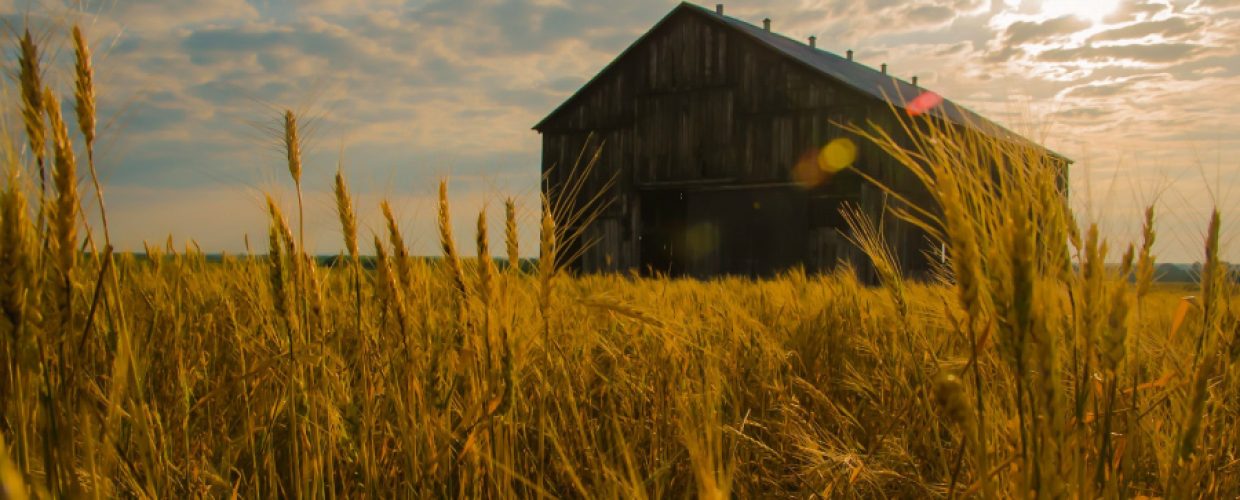UPDATED APRIL 15TH, 2024
Key Takeaways
- Foreign investment in U.S. farmland is on the rise, but holes in reporting data make it difficult to track.
- Among lawmakers, there are mounting concerns surrounding potential threats to food supply chains and national security.
- Changes to foreign and institutional investments in farmland could favor U.S. retail investors who are looking to farmland as an alternative asset.
Buyers outside of the U.S. are snatching up American farmland, according to a new report by the U.S. Department of Agriculture, though just how much is tough to tell.
The department’s data suggests that foreign ownership and investment in farmland, pastures, and forests climbed about 40 percent from 2016. However, an analysis by the U.S. The Government Accountability Office (GAO) shows that China, in particular, was counted twice when it came to the largest land holding.
According to the GAO, a major challenge is the lack of law enforcement that requires foreigners to self-report the purchases of their properties. The Agricultural Foreign Investment Disclosure Act of 1978 (AFIDA), “but AFIDA was not designed as a national security program, and AFIDA forms are focused on data collection rather than identifying potential national security concerns,” according to the GAO.
With foreign investment in agriculture growing to about 43.4 million acres in 2022 (3.4 percent of all privately held agricultural land and nearly two percent of all land), mounting concerns, including potential threats to food supply chains and national security risks, are calling for crackdowns.
“Some foreign investments in U.S. agricultural land may raise national security concerns—especially when they are located near sensitive military locations,” the GAO states. “For example, a subsidiary of a Chinese company purchased cropland near Grand Forks Air Force Base in 2022. But the U.S. government may have a hard time tracking these transactions.”
Land deeds, for example, are generally stored at county tax and recorder offices; because they are not maintained in a single database, they can be difficult to track.
Moving forward, the GAO made six recommendations, including that the “USDA share detailed and timely AFIDA data with CFIUS agencies, improve the reliability of AFIDA data, and assess its ability to adopt an online submission system and public database.”
Of course, the implementation of these recommendations is easier said than done.
“The GAO’s recommendations would require changes by Congress, starting with the funding needed to increase staff and modernize our processes,” USDA spokesperson, Allan Rodriguez, told Bloomberg. “Any system for tracking land purchases and owners would be complicated, expensive, and create a potential risk to producer privacy, the price of agricultural land, and individual American seller interests.”
What does this mean for investors in alternatives?
While Republicans and Democrats alike navigate an ever-globalizing world with increased economic trade across borders and foreign investment into U.S. farmland on the rise, retail investors may benefit from the laser focus on farmland as an alternative asset.
“We have no confidence at the federal level that the [AFIDA] law is working,” Joe Maxwell, a Democrat and former Lieutenant Governor of Missouri, as well as the president and co-founder of advocacy group Farm Action, told Civil Eats.
His biggest concern is that foreign, corporate, and billionaire investors aren’t considering the production value of farmland but, rather, seeing it as an investment that could be driving up prices for farmers who can’t keep up.
“We ought to make sure the next generation of farmers are individuals who will care for the land for future generations and care about producing safe and healthy food for their neighbors,” he told Civil Eats.
As lawmakers make moves to minimize foreign and institutional investment in farmland, changes have the potential to favor U.S. retail investors with an interest in farmland as an alternative asset.
At present, buying farmland is costly. The average cost of an acre is $3,800, and the average size of a farm is 445 acres, according to the USDA. That adds up.
However, thanks to Alto’s partnerships, investors can explore farmland opportunities and private deals in the agriculture space with their retirement dollars.
Invest in alternative assets using tax-advantaged retirement funds.

